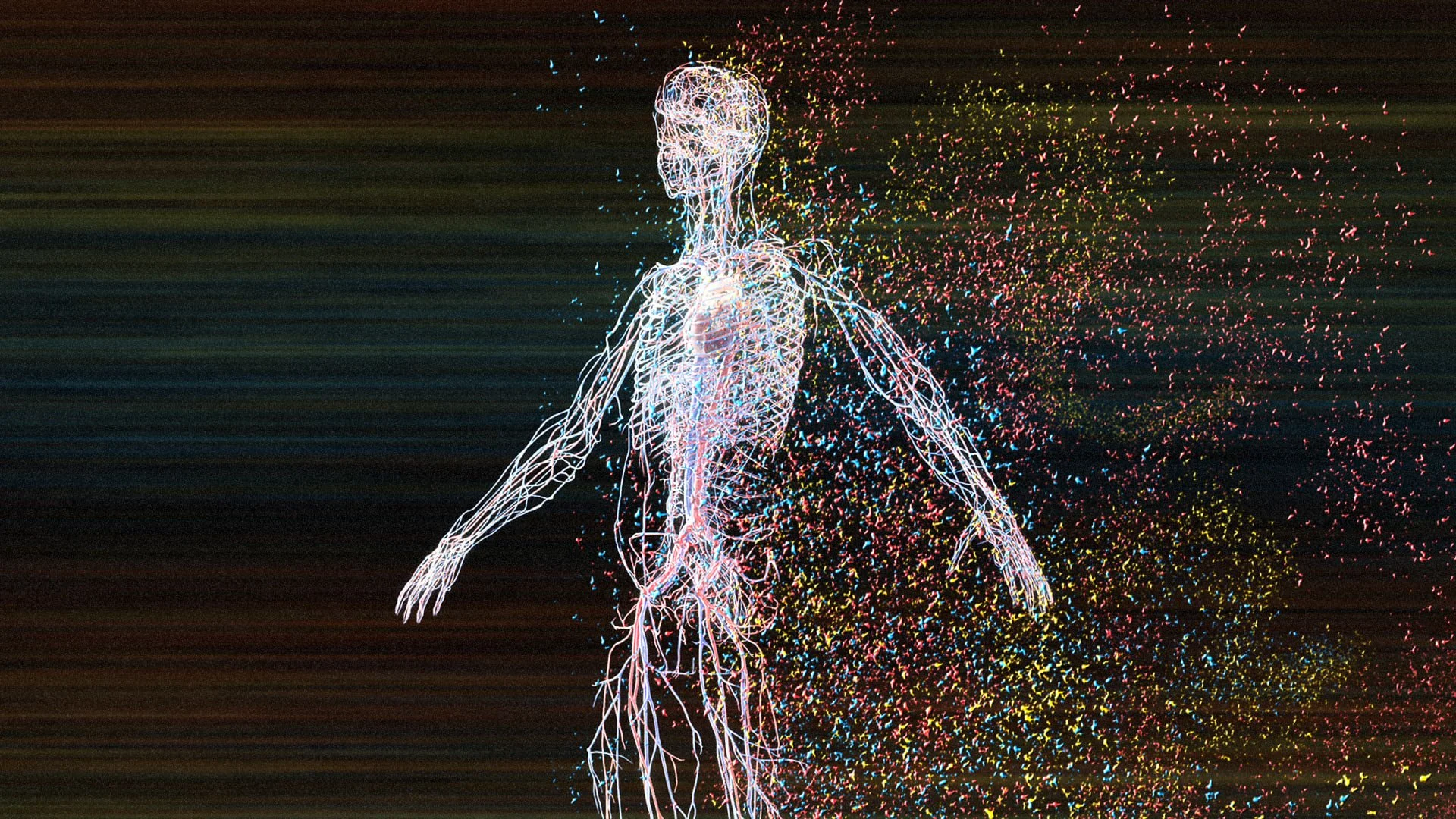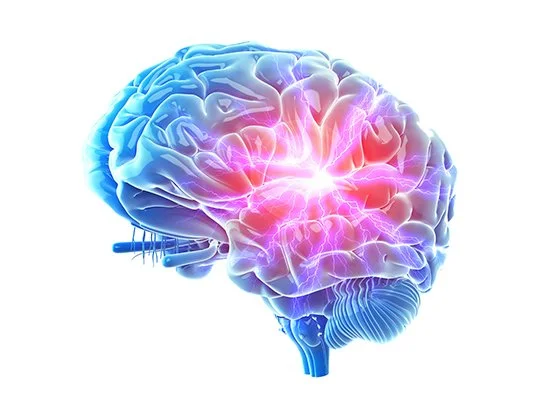What Microplastics Do in the Body — a science forward deep dive
Microplastics (and their even smaller cousins, nanoplastics) are tiny fragments of plastic—typically defined as particles <5 mm. We inhale them, eat them in food and water, and absorb them through the gut and lungs.
Over the last few years researchers have begun finding micro- and nanoplastics (MNPs) in human blood, placenta, lungs, liver, kidneys, and even brain tissue — and studies in cells and animals show clear biological effects: inflammation, oxidative stress, immune activation, and disruption of hormone signaling.
Below I summarize what the best available science says about how these particles interact with the body and what potential health consequences we need to watch for.
How microplastics get into the body:
Ingestion: food (seafood, salt, produce), bottled water, and dust settles on food.
Inhalation: airborne fibers and particles from carpets, synthetic textiles, and indoor dust.
Dermal contact: skin absorption is likely small; mucosal surfaces (mouth, vagina) are more permeable.
Once inside, the smallest particles (nanoplastics, <1 µm) can cross biological barriers more easily than larger microplastics and may translocate into blood and tissues.Detection studies confirm human exposure is widespread.
What microplastics do in the body:
Studies converge on several reproducible mechanisms:
Physical particle effects: Particles can lodge in tissues, irritate cells, and trigger local inflammation and immune activation.
Oxidative stress & mitochondrial dysfunction: MNPs increase reactive oxygen species (ROS), damaging cells and mitochondria.
Immune dysregulation: Chronic particle exposure skews immune responses, increasing pro-inflammatory cytokines.
Chemical vector effect: Plastics carry adsorbed chemicals (plasticizers like phthalates, bisphenols, flame retardants, PFAS) and monomers that can leach and act as endocrine disruptors or genotoxins. A genotoxin is a substance that damages DNA, which can lead to mutations, genetic instability, and potentially diseases like cancer or inherited conditions.
Barrier penetration: Nanoplastics can cross the gut epithelium, blood–brain barrier, and placenta in animal models, enabling systemic distribution.
These mechanisms underlie the organ-level effects described below.
Organ-level effects — what the evidence shows
Gut & digestive system
Findings: Microplastics are detected in stool and gastrointestinal tissues. Animal studies show MNPs alter gut microbiome composition (dysbiosis), increase intestinal permeability (“leaky gut”), and provoke local inflammation.
Implications: Dysbiosis and gut inflammation can affect immune function and neurotransmitter precursors (gut-brain axis), plausibly contributing to systemic inflammation, metabolic changes, and mood/brain effects.
Evidence in humans is limited but mechanistically plausible.
Liver & metabolic organ systems
Findings: Animal studies repeatedly show microplastics accumulate in the liver, cause oxidative stress, fat accumulation, and metabolic disruption. Human tissue surveys have detected plastic particles in the liver.
Implications: Chronic hepatic inflammation and altered lipid metabolism could increase risk factors for metabolic disease (insulin resistance, fatty liver) though direct human causal data are still emerging.
Lungs & respiratory system
Findings: Inhaled microfibers and nanoparticles can deposit in airways and reach deep lung tissue; in model systems they cause airway inflammation and impair clearance. Epidemiologic data linking inhaled MNPs to chronic lung disease are limited but concerning.
Implications: People with high airborne exposure (textile workers, heavily indoor-dusted homes) may be at greater risk for chronic airway inflammation or exacerbation of asthma.
Cardiovascular system (heart & blood vessels)
Findings: Reviews of animal and cell studies show MNP exposure increases systemic inflammation, oxidative stress, endothelial dysfunction, and pro-thrombotic signaling. Recent syntheses flag micro/nanoplastics as an emerging cardiovascular risk factor. Human epidemiologic data are still nascent.
Implications: Mechanistically, chronic inflammation and endothelial damage are direct pathways to atherosclerosis and cardiovascular disease; early studies suggest plausible links that require longitudinal human research.
Brain & nervous system
Findings: Nanoplastics can cross the blood–brain barrier in animal models. Lab studies find mitochondrial dysfunction, neuroinflammation, altered neurotransmitter signaling, and impaired behavior in exposed animals. Very recent tissue analyses have reported microplastics in human brain samples (emerging evidence).
Implications: Chronic neuroinflammation and oxidative stress are known contributors to neurodegenerative disease. While definitive causal links to dementia or Parkinson’s disease are not established in humans, several authors argue microplastics represent a plausible, modifiable environmental risk factor deserving urgent study.
Immune system & autoimmunity
Findings: MNPs activate innate immune responses and can dysregulate adaptive immunity in models; they amplify cytokine production and can act as adjuvants.
Implications: Immune dysregulation could theoretically increase the risk of autoimmune reactions in susceptible individuals. Human data are limited but mechanistic signals are consistent with immune-mediated harms.
Reproductive system & fertility
Findings: Reviews compile animal and cell studies showing MNPs and plastic-derived chemicals (BPA, phthalates, DEHP) impair gametogenesis, hormone signaling, and pregnancy outcomes. Some human studies report associations between plastic-derived chemical exposure and reduced semen quality or altered menstrual function; microplastic-specific human data are growing but still preliminary.
Maternal-fetal transfer: Microplastics and associated chemicals have been detected in human placenta and cord blood in some studies, indicating placental transfer is possible. Animal models show fetal exposure can alter development.
Implications: There is credible concern that MNP exposure could contribute to reduced fertility, adverse pregnancy outcomes, or developmental programming effects—especially when combined with endocrine-active co-pollutants. More human longitudinal research is urgently needed.
Cancer risk
Findings: Microplastics can carry carcinogenic additives and promote chronic inflammation and oxidative DNA damage in cells. Some lab studies show genotoxic effects; epidemiologic evidence directly linking microplastics to human cancer is currently insufficient but biologically plausible given known mechanisms (inflammation, endocrine disruption).
Can mothers pass plastics to babies?
Yes — studies have detected microplastics in human placentas and cord blood samples, and animal studies show nanoplastics cross the placenta and can affect fetal development.
This is concerning because fetal tissues are highly sensitive to toxicants and endocrine disruption.
The long-term developmental consequences in humans are not yet settled, but the detection alone supports taking exposure-reduction steps during pregnancy.
Mixtures matter — plastics + other chemicals
Microplastics rarely act alone. They often carry PFAS, flame retardants, phthalates, heavy metals, and other pollutants. Recent studies show combined exposures can be more toxic than each alone (synergy), so real-world risk assessments must consider mixtures — not just single chemicals.
This magnifies the concern for chronic low-level exposure.
Bottom line — how concerned should you be?
Microplastics are now a persistent, ubiquitous exposure with strong reasons for concern: they cause inflammation, oxidative stress, immune dysregulation, carry endocrine disruptors, and have been detected in critical human tissues (including placenta and brain).
Direct proof that microplastics cause specific chronic diseases in people is still emerging — but enough evidence exists to take reasonable precautionary steps to lower exposure, especially for pregnant women and people with chronic inflammatory or immune conditions.
Stay tuned for more information on what you can do to prevent microplastic accumulation in your body and ways we might be able to detoxify some plastics from our bodies.
Let’s keep it nontoxic, babes.
References:
Roslan NS, et al. Detection of microplastics in human tissues and organs: a scoping review. Environmental Research 2024. PMC
Li Y, et al. Potential Health Impact of Microplastics: A Review. Environmental Science & Technology / Env Health 2023. ACS Publications
Ullah S, et al. Endocrine disrupting effects of micro- and nanoplastics: a review. Environmental Research/PMC 2023. PMC
Zheng H, et al. Microplastics and nanoplastics in cardiovascular disease — review. Frontiers/PMCID 2024. PMC
Zurub RE, et al. Microplastics exposure: implications for human fertility — review. Frontiers in Endocrinology 2024. Frontiers




